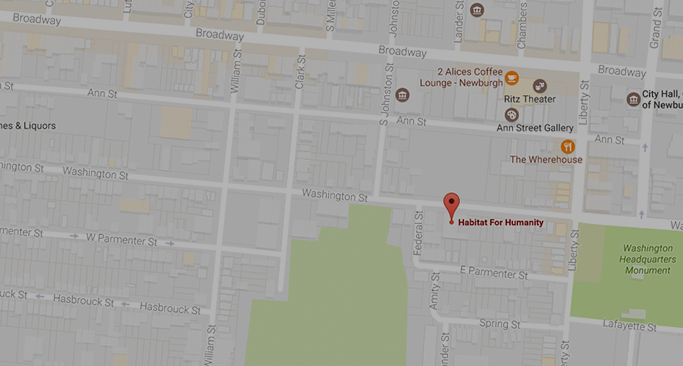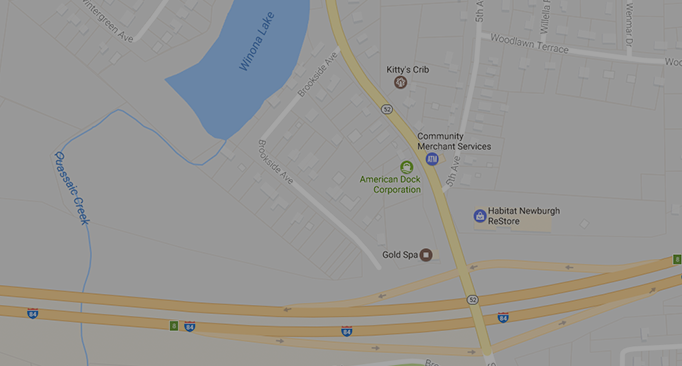The City of Newburgh was recently awarded $50,000 by the African American Civil Rights grant program, through the Historic Preservation Fund administered by the National Park Service, Department of the Interior. This grant calls for the City and its community partners to record and document the history of the African American community in Newburgh from the 19th century, with a focus on culturally significant sites and historic neighborhoods, and to ultimately build an educational outreach campaign around this history. The stories will highlight the long-term effects of 20th-century planning practices in and around the East End Historic District (EEHD), such as urban renewal, anti-Black lending practices, suburbanization and white flight, and other policies that directly affected the African American community.
Conversations are already taking place with folks who were removed from the city’s waterfront in the 1960s due to the city’s Urban Renewal Initiative. People speak of bustling, robust neighborhoods where everyone knew each other. They speak of the beautiful homes that they lived in, but that were later torn down by policies that targeted Black families. They speak of the businesses that were there, Black-owned and important to the community due to the availability of products and services their white counterparts denied them, but above all else, these businesses employed Black people. It is apparent that so much was taken from the Black community. According to a piece written by Ann Pfau and Stacy Sewell titled Newburgh’s “Last Chance”: The Elusive Promise of Urban Renewal in a Small and Divided City, the Water Street urban renewal project was slated to displace 2,132 persons, with at least 1,818 of them being black (85%). This was an exercise in ETHNIC CLEANSING thought up by the federal government and executed by local governments.
When homes are taken from people, the people miss out on opportunities to build equity and pass it along to future generations. Urban Renewal ultimately robbed the Black community that once thrived at the Hudson River of their chance to maintain a flourishing, passable economic, social and spiritual base. Today, most conversations about indemnification are centered on policy and housing, but I believe the business aspect hasn’t been addressed. Many businesses had to move and many had to close once removed from where they were operating successfully.
The effects of this destructive practice are easily recognizable today. Whereas we once owned our own businesses and hired our own people to work in our own neighborhoods, we now have both the highest unemployment and joblessness rates. Whereas we once had our own schools, taught by our own teachers who didn’t feel the need to throw every Daquan and Junior in special education classes, we now have the highest suspension and dropout rates. There are more Black boys in special education than any other group. Black churches are closing each week due to a lack of resources while the remaining brick and mortar are sold to developers who are usually not Black.
According to the Newburgh Housing Report by Kevin Dwarka, Leviticus Fund, and Pace Law School’s Land Use Law Center, African Americans currently make up about 24.3% of the total population in the City of Newburgh. The median household income for a Black family is $30,578, almost $10,000 less than Latinos, $16,000 less than whites, and overall $7,000 less than all households. The per capita income of Black people in the city is at a staggering $17, 326 compared to the overall county (Orange) average for Black people being $28,394. 35.7% of Black people in the City of Newburgh live below the poverty level. 33.2% of Black families live below the poverty level. Simply put, Black people aren’t doing well financially in an economy fueled by real estate purchases from outside investors and ever-increasing rents, thus leaving us at the bottom in just about every financial category.
The information unearthed through research related to this grant will give all access to the history of systematic abuse that Black folks not only in Newburgh but across the country faced and are still facing to this day. This research will help answer the question of “What happened?” in an analytical sense, which will help everyone better understand the significance of prioritizing the advancement of not just Black homeownership, but advancing Black business incubation and going out of one’s way to hire Black. If discrimination got us to where we are now, the only solution is to identify and reverse what was done to ensure prosperity amongst Black communities.
Neighborhood Revitalization Specialist,
Corey Allen



